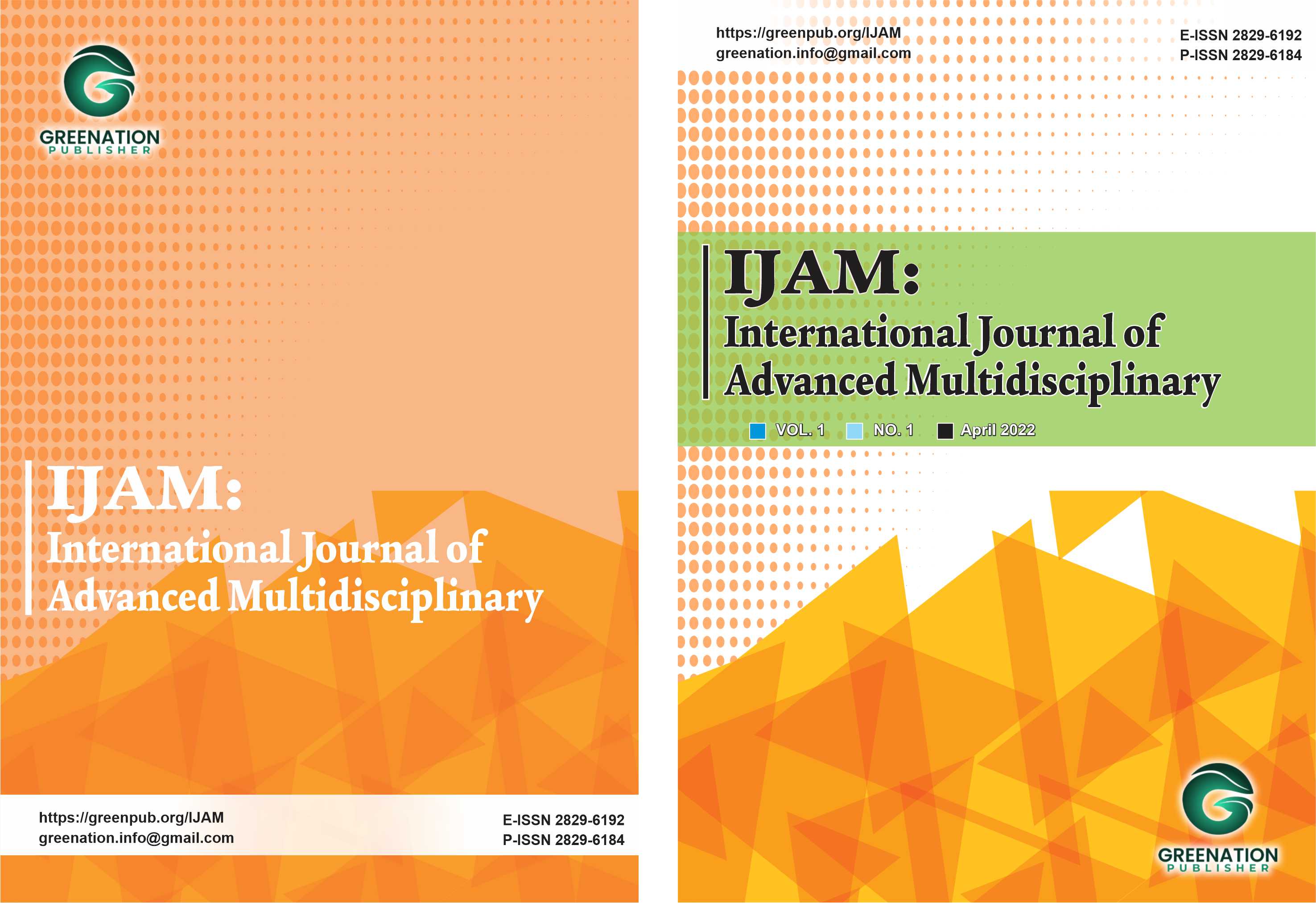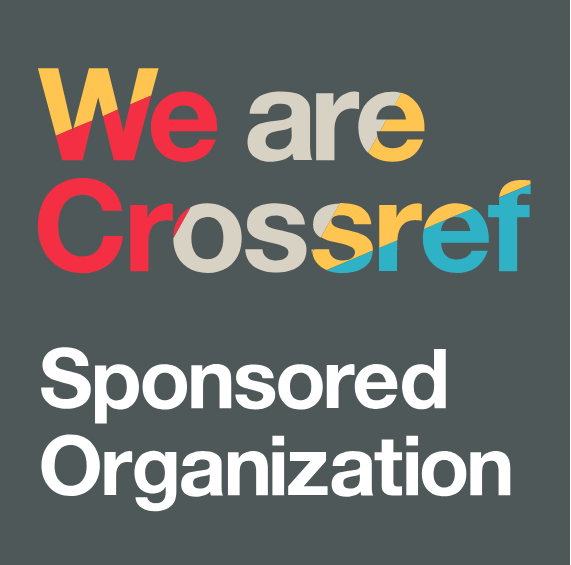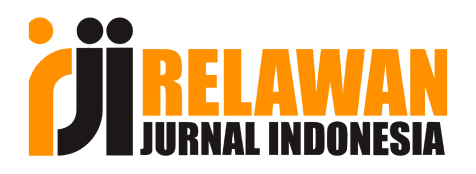Credibility and Exposure of Youtube Itechlife for Information Needs Regarding Gadgets on Subscribers
DOI:
https://doi.org/10.38035/ijam.v3i4.800Keywords:
iTechLife, credibility, exposure, YouTube, information needsAbstract
Research Objective: This research aims to determine the effect of credibility and exposure of Youtube iTechLife on the need for information about gadgets on subscribers. Research methodology: The research method used is quantitative research. The research paradigm is Positivism, sampling determination using probability sampling, through simple random sampling technique. The technique of determining the sample size using the Slovin Formula, with a margin of error of 0.5%, resulted in a sample of 400 respondents on YouTube social media platform users and subscribers to iTechLife. Findings: The results of this research explained that the Credibility and Exposure of Youtube iTechLife toward Information Needs about Gadgets on Subscribers. It can be explained from the results of the Credibility t test which shows t count 5.357> t table 1.965 and the results of the Exposure t test 8.474 >1.965. It can be concluded that Ho1 and Ho2 are rejected and Ha1 and Ha2 are accepted. This means that there is an influence between credibility and exposure to information needs. Also, the coefficient of determination test results showed that iTechLife Youtube Credibility and Exposure had an influence of 46.8% on the need for information about gadgets on subscribers.
References
Adi, A. N., Suminar, J. R., & Sjafirah, N. A. (2019). Makna Subscriber Bagi Youtuber Kota Bandung. JurnaL Communication, 10(2), 142-156. http://dx.doi.org/10.36080/comm.v10i2.894
Ardianto. (2007). Komunikasi Massa Suatu Pengantar. Bandung: Simbiosa Rekatama Media.
Budi, I. S. (2014). Motivasi Penggunaan Media Online & Tingkat Kepuasan (Studi Hubungan Antara Motivasi Penggunaan Media Online Detik.com Terhadap Tingkat Kepuasan Untuk Pemenuhan Kebutuhan Informasi Berita Olahraga di Kalangan Siswa Laki-laki SMA Negeri 1 Karanganom Kabupaten Klaten Tahun 2014). Skripsi. Surakarta: Universitas Sebelas Maret. https://digilib.uns.ac.id/dokumen/detail/41628/Motivasi- Penggunaan-Media-Online
Cangara, H. (2010). Pengantar Ilmu Komunikasi. Depok: PT. Raja Grafindo Persada.
Ghozali, I. (2018). Aplikasi Analisis Multivariete Dengan Program IBM SPSS 23. Edisi ke-8. Semarang: Badan Penerbit Universitas Diponegoro.
Jamil, S. (2014). Strategi Pembelajaran. Yogyakarta: Ar-Ruzz Media.
Lasa, HS. (2009). Kamus Kepustakawanan Indonesia. Yogyakarta: Pustaka Book Publisher.
McQuail, D. (2011). Teori Komunikasi Massa. Jakarta: Salemba Humanika.
Murtafiah, A. (2019). Hubungan Penggunaan Gadget Dengan Risiko Kegemukan (Overweight) Pada Anak Usia Dini (Studi Kasus Kontrol di Kabupaten Tegal). Tesis. Semarang: Universitas Diponegoro.
Nurudin. (2014). Pengantar Komunikasi Massa. Jakarta: PT Raja Grafindo Persada.
Rakhmad, J. (2012). Psikologi Komunikasi. Bandung: Remaja Rosdakarya.
Rusadi, U. (2014). Konsumsi Berita Lintas Media Massa Konvensional dan Internet. Jurnal Penelitian dan Pengembangan Komunikasi dan Informatika, 4(3), 173-186.
Samatan, N. (2017). Riset Komunikasi I. Jakarta: Penerbit Gunadarma.
Samatan, N. (2018). Riset Komunikasi 2, Jakarta: Penerbit Gunadarma.
Samatan, N.; Fauzi, I; Aladdin, Y.A.; & Omaira, L.A. (2025). The Use of Social Media and the Quality of Information on the TikTok Account of Pandawara Group on Follower Satisfaction, International Journal of Management Studies and Social Science Research (IJMSSSR), 7(1), 2025.
Siregar, S. (2013). Metode Penelitian Kuantitatif. Jakarta: PT Fajar Interpratama Mandiri.
Sugiyono. (2019). Metode Penelitian Kuantitatif Kualitatif dan R&B. Bandung: Alfabeta.
Suprapto, T. (2006). Pengantar Teori Komunikasi. Yogyakarta: Media Pressindo.
West., Richard., & Turner, L H. (2008). Pengantar Teori Komunikasi Analisis dan Aplikasi. E-book. Jakarta: Salemba Humanika.
Downloads
Published
How to Cite
Issue
Section
License
Copyright (c) 2025 Nuriyati Samatan, Ambia B. Boestam, Robingah Robingah, Bima Febrianto

This work is licensed under a Creative Commons Attribution 4.0 International License.
Authors who publish their manuscripts in this journal agree to the following conditions:
- The copyright on each article belongs to the author(s).
- The author acknowledges that the International Journal of Advanced Multidisciplinary (IJAM) has the right to be the first to publish with a Creative Commons Attribution 4.0 International license (Attribution 4.0 International (CC BY 4.0).
- Authors can submit articles separately, arrange for the non-exclusive distribution of manuscripts that have been published in this journal into other versions (e.g., sent to the author's institutional repository, publication into books, etc.), by acknowledging that the manuscript has been published for the first time in the International Journal of Advanced Multidisciplinary (IJAM).























